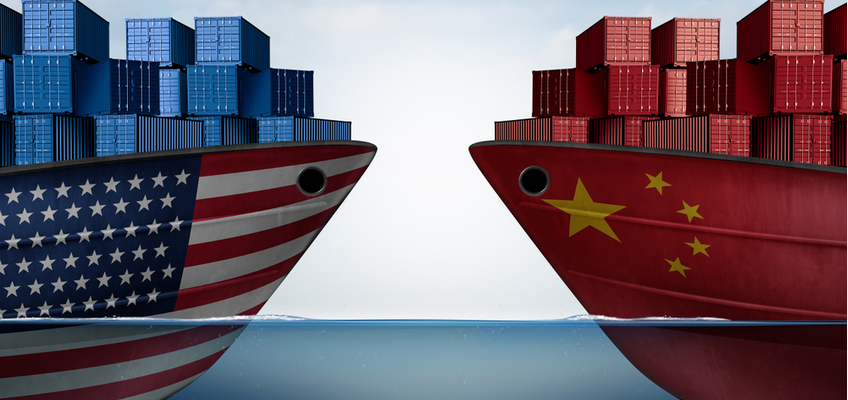
The Impact of US-China Tariffs on eCommerce Sellers
The trade war between the US and China has been going on for many months. In the point of view of US President Trump, tariffs are needed to stop “China’s theft of American intellectual property and forced transfer of American technology”. Meanwhile, President Xi of China is retaliating with tariffs on US goods. While their recent meeting at the G20 Summit in Osaka gave hope that further escalation has been avoided, there are still question marks over finding a long-term solution.
For eCommerce sellers, the China tariffs aren’t just a matter of US trade policy. It’s something that affects their daily work and income.
What Are the US Tariffs?
In 2018, President Trump introduced tariffs of 25% on $50 billion worth of Chinese products, mostly industrial items used by the manufacturing industry. At the same time, he introduced new 10% tariffs on another $200 billion worth of goods from China, which included consumer items like electronics and furniture, along with a promised increase to 25% in January 2019.
For many companies, this already brought a major shakeup to their normal business practices. Big retailers like Macy’s scrambled to find different suppliers for their furniture and fabric products in case tariffs were increased again.
When January 2019 came around, the promised hike in tariffs was postponed. Retailers and online sellers hoped that the worst was over and that the trade war would die out, especially because representatives from the US and China met to hold talks about US trade policy.
But that proved to be a false hope. In May 2019, the US government raised tariffs from 10% to 25% on another $200 billion worth of Chinese goods, this time including many consumer goods, like TVs, clothing, and furniture. In response, China also raised tariffs on $110 billion worth of US-made goods.
You can read the full list of products here (but be warned, there are over 6,000 items!). Here are some of the main types of goods included in America’s new China tariffs:
- Perfumes, essential oils, and makeup
- Manicure and pedicure products
- Soaps and shampoo
- Leather bags, trunks, suitcases, and belts
- All types of gloves, including ski gloves, hockey gloves, and baseball gloves
- Fur and fake fur clothing
- Raincoats
- Paper goods, including paper napkins and tablecloths and envelopes
- Many products made from natural and man-made fabric and fibers, including carpets and wall hangings
- Small electrical items, like hair clippers, TVs, video projectors, and vacuum cleaners
- Clocks and watches
- Furniture
What is the Impact of the US-China Tariffs on eCommerce Sellers?
In practice, tariffs mean that businesses in the US have to pay 25% more for the same goods. If you’re a small retail business or an online eSeller, that means that your costs rose by a quarter.
Many small businesses can’t absorb that kind of drop in profits and have been forced to hand off at least some of the increase to their customers. It’s estimated that the new 25% China tariffs cost an average family of four an extra $767. With products suddenly costing more than everyone was expecting, the average shopper will probably buy fewer items overall, which means less income for vendors.
It’s a serious issue for small businesses, most of whom have already begun planning their holiday season sales. With the China tariffs making products more expensive, many sellers are starting to rethink their purchase lists and order different items that aren’t subjected to the same increase in costs.
China’s Tariffs Affect Traders Too
The trade war goes both ways, as seen by China’s increased tariffs on US goods. As a result, some Chinese manufacturers have to pay more for raw materials, leading to price increases to cover their additional costs. For sellers, that means you’ll end up paying more to cover both China’s tariffs on raw materials reaching the manufacturer and again for US taxes on the finished products.
The biggest worry of all is that the trade war isn’t over yet. On the one hand, President Trump threatened tariffs of 25% on another $325 billion of China-made products, including more consumer items like toys, shoes, and clothing. But there’s also hope that a truce has been reached and that both sides are trying to avoid further escalation.
If you’re running a small retail business, you want to get your purchase orders in as soon as possible so that there’s plenty of time for you to receive and market your goods for the holiday shopping season. But with the threat of more tariffs hanging over your head, you might also want to consider holding out a bit longer so that you don’t end up selling items that cost significantly more than you expected. It’s a stressful situation for sellers, who are watching US trade policy anxiously to see if tariffs are going to impact their Christmas.




